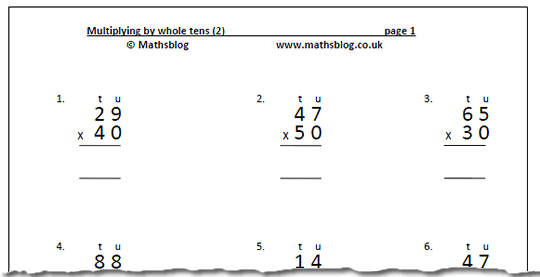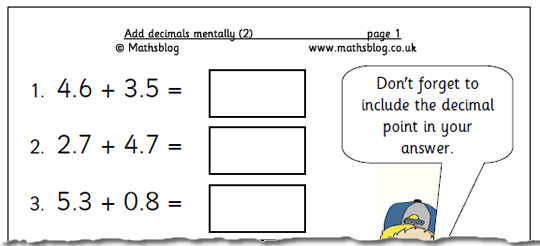Mental arithmetic is the core of successful number work and much can be done without resorting to written methods. Subtracting a 2 digit number from a multiple of 10 can be done ‘in your head’, but it does need care and using an efficient method.
Let’s look at:
50 – 27
Probably the easiest way to do this is by ‘counting on’.
Step 1: Count on from 27 to the next whole ten (30), which is 3. Hold the three in your head for later.
Step 2: Count on in tens from 30 to 50, which is 20.
Step 3: Add the 20 to the 3 which is 23.
50 – 27 = 23.
(You will often find that children give the answer as 33 rather than 23. That is usually because they have counted on from 20 to 50 which is 30 and then added another 3 to get 33, ignoring the adjustment of the tens.)
Free maths worksheets below:









